Vernonia curtain creeper, also known as Vernonia elaeagnifolia, is a climbing or trailing vine that belongs to the Vernonia genus in the Asteraceae family. It is commonly called curtain creeper due to its ability to create a cascading effect when grown on walls, trellises, or fences. While Vernonia species are typically known as ironweeds, Vernonia curtain creeper is a unique and specific cultivar within the genus. Here is a short description of Vernonia curtain creeper:
- Appearance: Vernonia curtain creeper is a fast-growing vine that features elongated, lance-shaped leaves. The leaves are dark green and have a slightly serrated margin. The plant produces small, dense clusters of lavender to purple flowers that add color and beauty to the vine.
- Growth Habit: Vernonia curtain creeper is a vigorous climber or trailer that can reach considerable lengths if given proper support. It attaches itself to surfaces using tendrils or aerial roots. The vine’s cascading growth habit creates a curtain-like effect when it hangs down from walls or trellises.
- Blooming Period: Vernonia curtain creeper typically blooms in late summer or early fall, producing a profusion of lavender to purple flowers. The blooming period may vary depending on the specific growing conditions and climate.
- Growing Conditions: Vernonia curtain creeper thrives in full sun to partial shade. It prefers well-drained soil and is adaptable to various soil types, including sandy or loamy soil. Adequate watering is required to keep the soil consistently moist but not waterlogged.
- Uses: Vernonia curtain creeper is often grown for its aesthetic appeal and ability to create a curtain-like effect on walls, fences, or trellises. It adds a touch of elegance and visual interest to garden landscapes or outdoor structures.
- Maintenance: Vernonia curtain creeper is generally low-maintenance. Regular pruning or trimming can help control its growth and shape. It is important to provide support structures for the vine to climb on and periodically check for any damage or signs of disease.

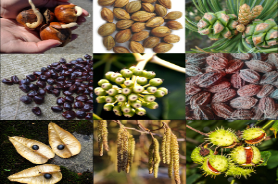
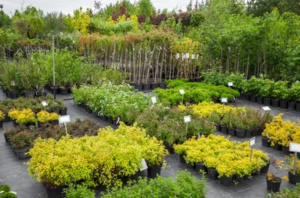

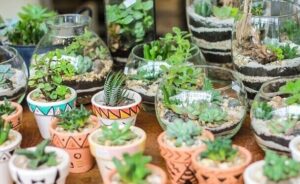



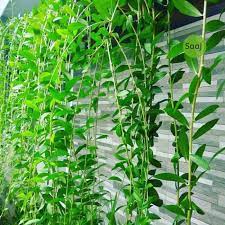
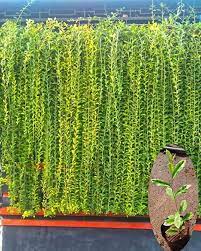
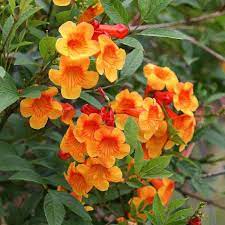
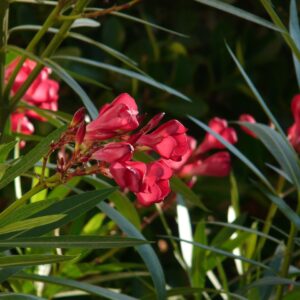

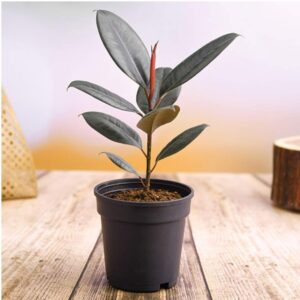
Reviews
There are no reviews yet.